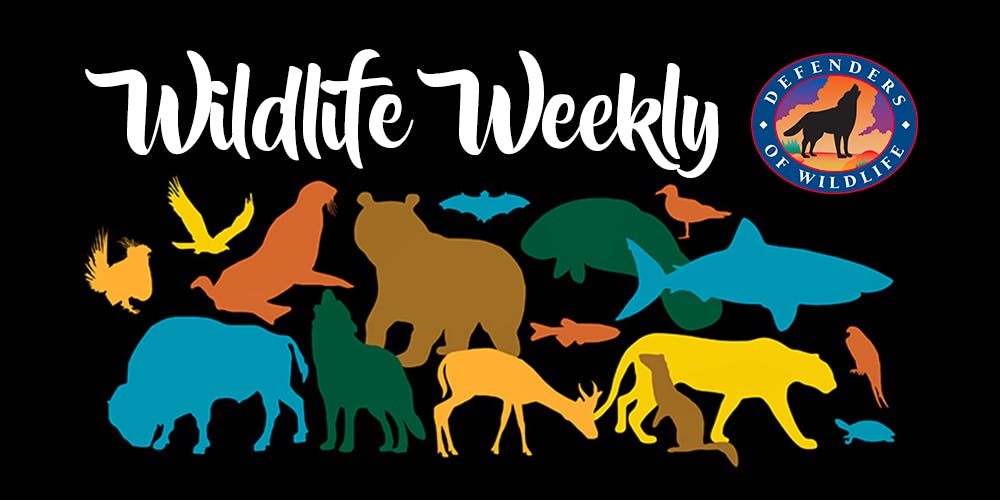Your weekly roundup of wildlife news from across the country
Wild stories from the Week:
Did you know that American pikas respond to the impacts of climate change in a number of ways? Researchers studied their responses, which include changing their foraging habits and adapting methods for regulating their body temperature: http://dfnd.us/2w6gZsg
Constructive public comment is essential to reshaping a draft recovery plan for Mexican grey wolves: http://dfnd.us/2wBN7BB
Virginia Tech study searches for candy darter as endangered species status reviewed: http://dfnd.us/2w9Lfm4
When you take that final trip to the beach before school starts, it’s important not to disturb nesting turtles or hatchlings on the beach: http://dfnd.us/2vtYJXh
Nearly a quarter billion acres of public lands and waters are under threat from the Trump administration, which is conducting a “review” of national monuments’ original designations. This attack on our public domain is unprecedented in its scale and scope. In fact, in the entire history of national monuments, none have been abolished by presidential declaration: http://dfnd.us/2uDwhoR
Our Defenders in Action:
In Colorado:

On August 12, 20 Defenders of Wildlife volunteers teamed up with volunteers from the City of Fort Collins to help the Laramie Foothills Bison Conservation Herd at Soapstone Prairie. About 150 years ago, millions of bison roamed the Great Plains, but these incredible creatures were nearly hunted to extinction. Today, wild bison are making a comeback in a few scattered places, and Coloradans are lucky to have one of those locations in their back yard – Soapstone Prairie Natural Area just north of Fort Collins. Volunteers worked in teams to remove three miles of interior barbed-wire fencing, fence posts and debris from what will soon be the bison’s expanded range. This newly opened area will give the bison herd, which is now over 35 animals, much more room to roam!
In Texas:

This past weekend, August 12th and 13th, Defenders of Wildlife staff joined a coalition of more than 52 local and national conservation, Latino, human rights, and faith-based groups to protest the Trump administration’s plans to expand the border wall in the Lower Rio Grande Valley of Texas and along the Santa Ana National Wildlife Refuge. On Saturday about 1,000 people participated in an ecumenical procession and rally to honor the history and culture of the Rio Grande Valley and the importance of the Rio Grande. On Sunday about 700 people marched in protest of the proposed border wall construction in the Santa Ana National Wildlife Refuge in Alamo, Texas. Protesters formed a human chain nearly a half a mile in length along the levee where construction for the wall is set to take place and separate the refuge from its visitor center and parking area. Construction of a border wall through the refuge would devastate sensitive wildlife habitat. A border wall through the Rio Grande Valley would also damage local communities and cut off access to the river.
In Montana:

Staff from our Rockies and Plains field office and Headquarters gather in Montana to plan our future work on the ground throughout the Rocky Mountains and Great Plains. They visited the sites of various field efforts, including bison habitat expansion on the Blackfeet Reservation and participants in our Grizzly Bear Electric Fence Incentive Program, to ensure they are making the maximum impact on the ground.



